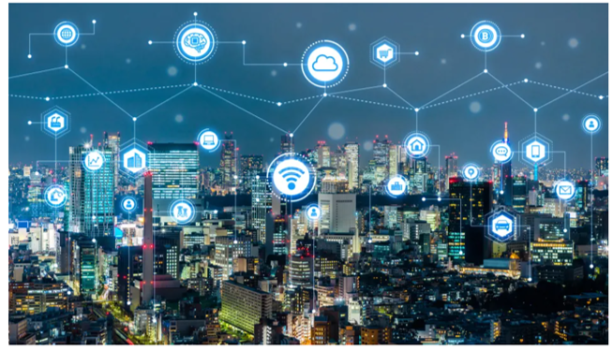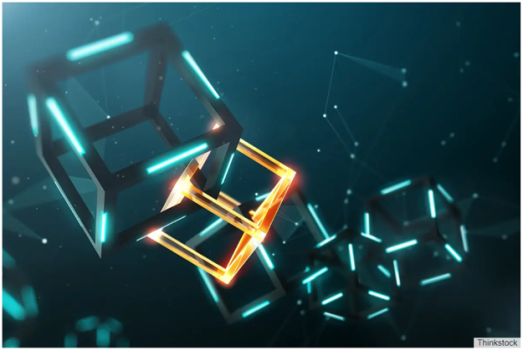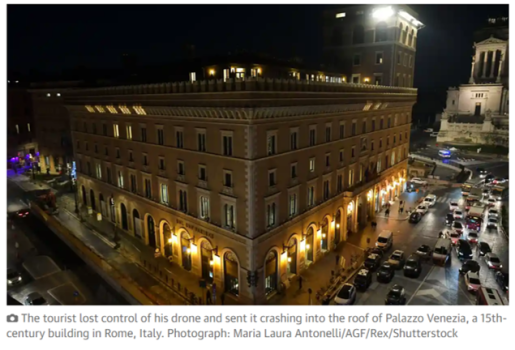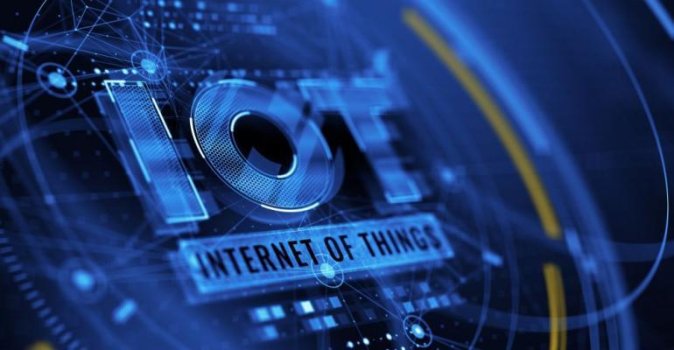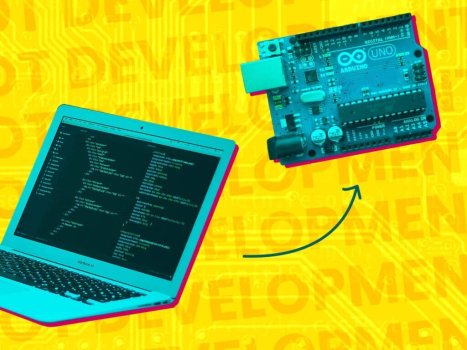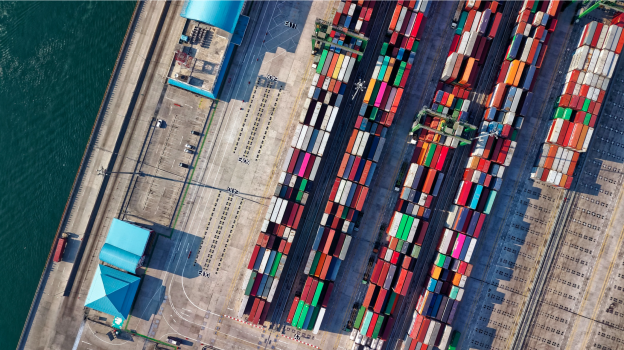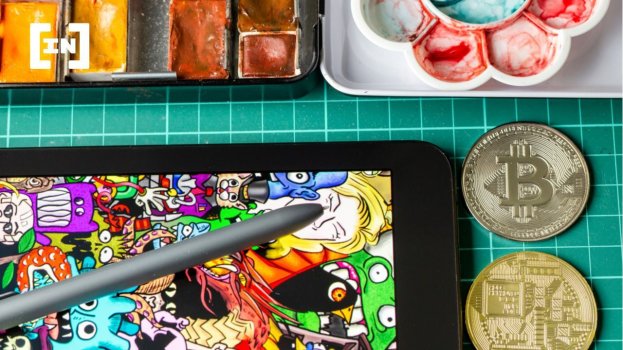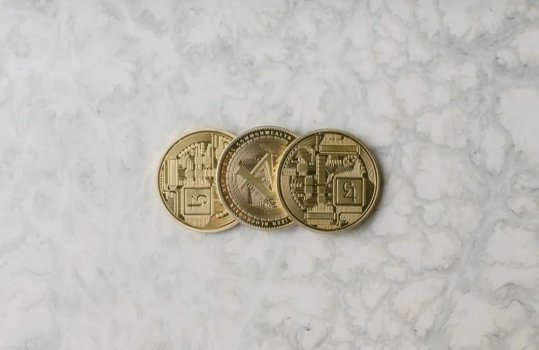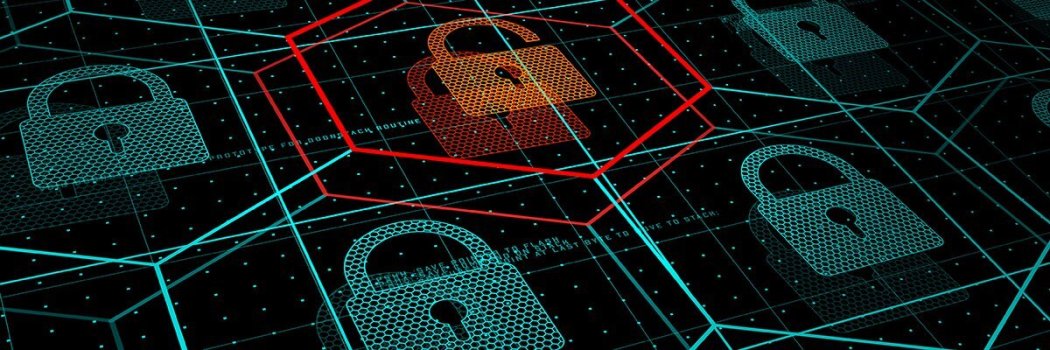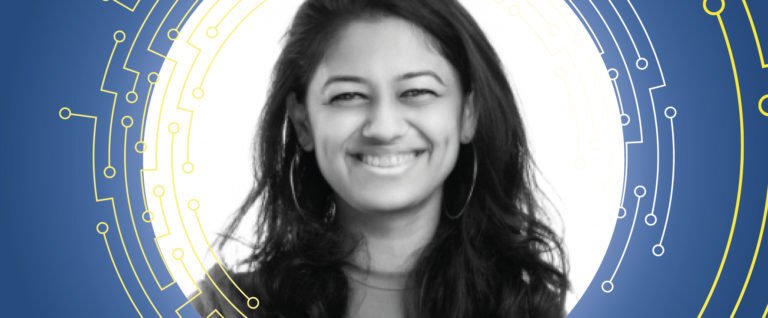IoT and Data Improve Transportation in Smart Cities
- Technology Solutions
- 0 Replies
Growing urbanization and rising levels of urban migration are causing a transportation crisis worldwide. Modern city management tools, like IoT and big data analytics for mass transit data, may help urban planners manage this problem.
These are the transportation challenges that cities face right now – and how smart city technology may help urban planners reinvent transit.
The Growing Need for Smart City Transportation
Traffic is an inevitable challenge for urban planners. Everyone needs to get to school or work at around the same time, meaning traffic and congestion will peak when transportation infrastructure can’t keep up with demand.
Some cities manage traffic better than others, however. In Greensboro, North Carolina, commuters spent just four hours a year in traffic on average in 2017. However, in Atlanta, they were stuck in traffic jams for 102 hours.
Urban migration is a global trend that experts predict will accelerate over the coming decades. Without intervention, traffic is likely to become an even more serious problem in most of the world.
At the same time, transportation reform may also present a major opportunity for reducing a city’s carbon footprint.
Expanding available public transit options and streamlining infrastructure to reduce traffic and time spent idling could significantly decrease the amount of greenhouse gas emissions a city’s inhabitants will produce getting from place to place.
How Smart Cities Are Using IoT to Improve Transportation
New smart technology allows urban planners and transit designers to use Internet of Things (IoT) technology and mass transit data analysis to streamline city transportation. They try to do so with minimal changes to existing transportation infrastructure.
Smart transportation refers to various technologies that modern cities use to monitor and manage transit systems. This includes internet-connected or IoT monitoring tools and automation solutions that enable the automatic management of infrastructure. Monitoring tools can take many forms, including sensors embedded in signals and streetlights that continuously monitor traffic flow in an area.
These systems help make city transportation more efficient, safer and easier to manage – often through using IoT devices to gather traffic information and adjust the timing of networked signals. Transportation management systems also have a role to play in maintaining electric vehicle charging stations and managing battery levels in electric and autonomous buses.
Enough data enables cities to adjust traffic signal systems based on current flows, allowing managers to guarantee a smooth process or prioritize certain vehicles.
Continue reading: https://www.globaltrademag.com/iot-and-data-improve-transportation-in-smart-cities/
These are the transportation challenges that cities face right now – and how smart city technology may help urban planners reinvent transit.
The Growing Need for Smart City Transportation
Traffic is an inevitable challenge for urban planners. Everyone needs to get to school or work at around the same time, meaning traffic and congestion will peak when transportation infrastructure can’t keep up with demand.
Some cities manage traffic better than others, however. In Greensboro, North Carolina, commuters spent just four hours a year in traffic on average in 2017. However, in Atlanta, they were stuck in traffic jams for 102 hours.
Urban migration is a global trend that experts predict will accelerate over the coming decades. Without intervention, traffic is likely to become an even more serious problem in most of the world.
At the same time, transportation reform may also present a major opportunity for reducing a city’s carbon footprint.
Expanding available public transit options and streamlining infrastructure to reduce traffic and time spent idling could significantly decrease the amount of greenhouse gas emissions a city’s inhabitants will produce getting from place to place.
How Smart Cities Are Using IoT to Improve Transportation
New smart technology allows urban planners and transit designers to use Internet of Things (IoT) technology and mass transit data analysis to streamline city transportation. They try to do so with minimal changes to existing transportation infrastructure.
Smart transportation refers to various technologies that modern cities use to monitor and manage transit systems. This includes internet-connected or IoT monitoring tools and automation solutions that enable the automatic management of infrastructure. Monitoring tools can take many forms, including sensors embedded in signals and streetlights that continuously monitor traffic flow in an area.
These systems help make city transportation more efficient, safer and easier to manage – often through using IoT devices to gather traffic information and adjust the timing of networked signals. Transportation management systems also have a role to play in maintaining electric vehicle charging stations and managing battery levels in electric and autonomous buses.
Enough data enables cities to adjust traffic signal systems based on current flows, allowing managers to guarantee a smooth process or prioritize certain vehicles.
Continue reading: https://www.globaltrademag.com/iot-and-data-improve-transportation-in-smart-cities/

